OEMs producing the equipment that the medical device engineering community rely on generally make use of legacy systems that have functioned for decades. Statistics show that approximately 30 to 40% of the equipment on today's shop floors are legacy assets. Therefore, making the move to a smart facility through digital transformation initiatives comes with the challenge of bringing these legacy systems along for the ride.
Industry 4.0 encapsulates the benefits that come with developing interconnected cyber-physical systems without excluding legacy assets from the list. This opens up a variety of Industry 4.0 business models for medical device OEMs. Alongside the advantages though, come the specific challenges that arise when integrating old systems into modern networks. The possible issues you may face when making the move to a smart factory can be spread across the following categories:
- Shortage of adequate technical experts
- Disparate technology framework in available equipment
- Confusion concerning what to do with new data
- The cost of upgrading legacy systems to modern options
The shortage of experts refers to the lack of experience OEMs have with using and implementing digital transformation technologies such as the Industrial IoT, Edge computing, and computing networks. The disparate technology framework refers to challenges with integrating legacy equipment without digital I/Os or other options to join up with connected networks. For most OEMs, the cost of replacing legacy assets is unsustainable and many still believe this equipment performs specific tasks better than modern options.
Although these challenges are considerable, IIoT provides an applicable pathway to solving them and implementing a digital transformation initiative.
Enabling the Move to a Smart Factory with IIoT Solutions
IIoT solutions refer to both the hardware and software aspects of the internet of things. Advancements in hardware technology now provide diverse options for capturing data from the deepest parts of a medical device OEM’s facility. With IoT devices, legacy equipment can be connected to cyber-physical networks and data collected from the IoT-enabled equipment can be sent to centralized storage locations.
Capturing data is just one part of the jigsaw puzzle when reaping the rewards of a connected facility. The other important aspect is analyzing the captured data to receive applicable business insight. In many cases, medical device OEMs get overwhelmed by the new data sets coming from the shop floor and do not know what to do with them. This is where an implementation strategy and IIoT platforms have important roles to play.
Cloud-based IIoT platforms provide the computing resources needed to store infinite data sets, in addition to the applications and tools needed to make sense from captured data. The analytical tools that best-in-class IIoT platforms offer can be used to solve questions on overall equipment effectiveness, predictive maintenance, machine utilization, and scheduling. IIoT platforms also serve as Software as a Service (SaaS) platforms, which support the building of custom applications that meet specific operational requirements.
The features IIoT solutions offer is why IIoT alongside Edge computing remains the viable pathway to building an interconnected factory where data-driven processes replace the use of the ‘rule of thumb’ to optimize manufacturing activities.
Making the Smart Medical Device Factory a Realization
The final challenge medical device OEMs face, among the many challenges that exist, is selecting the best IIoT solution, which consists of IIoT hardware and an IIoT platform. With the many options that exist in the marketplace and the option for building your own solution, this can be a daunting decision.
You can find the answers on how to choose the right IIoT platform for your facilities by downloading this in-depth eBook written specifically for medical device manufacturers and OEMs:
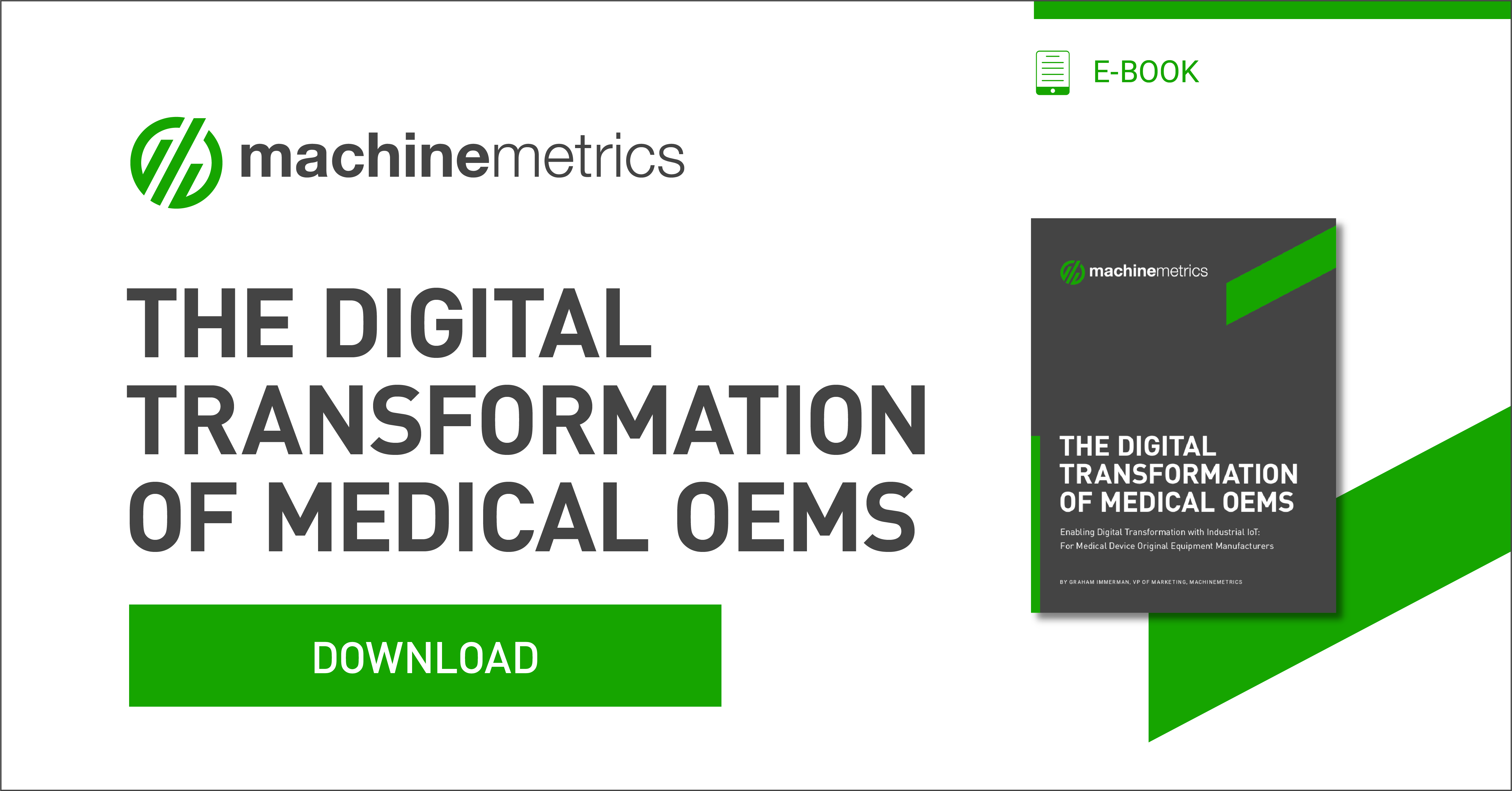


.png?width=1960&height=1300&name=01_comp_Downtime-%26-Quality_laptop%20(1).png)

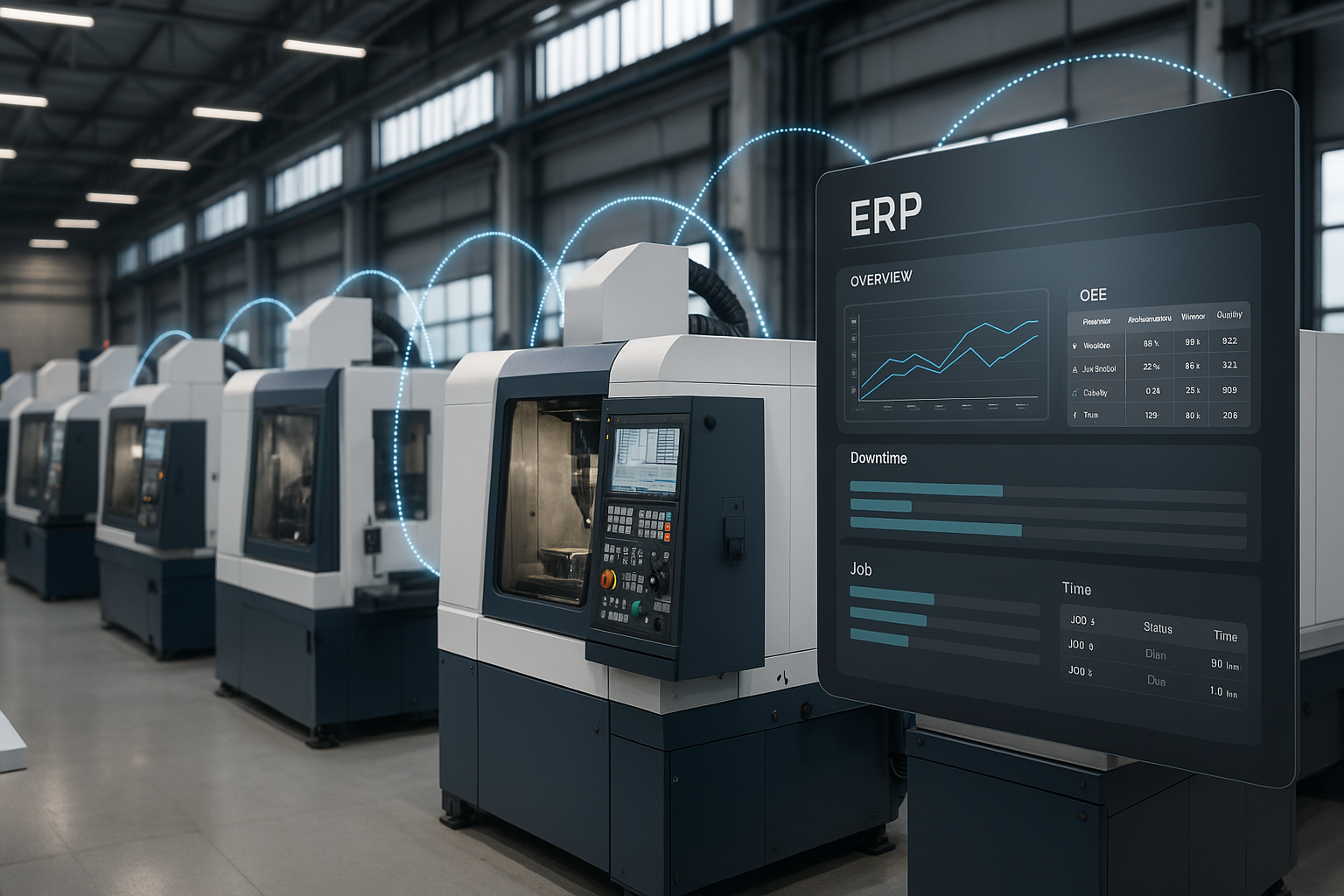
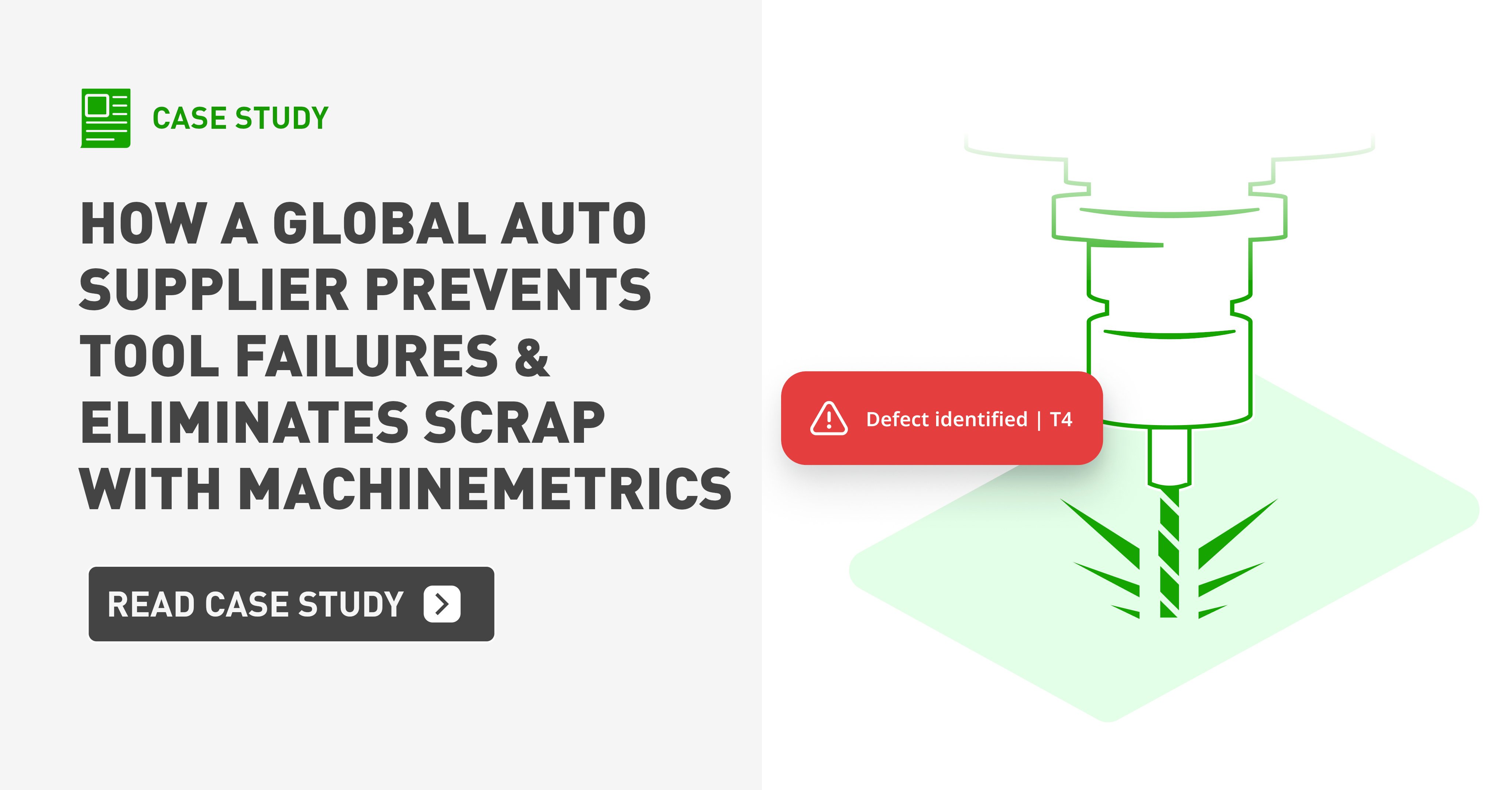
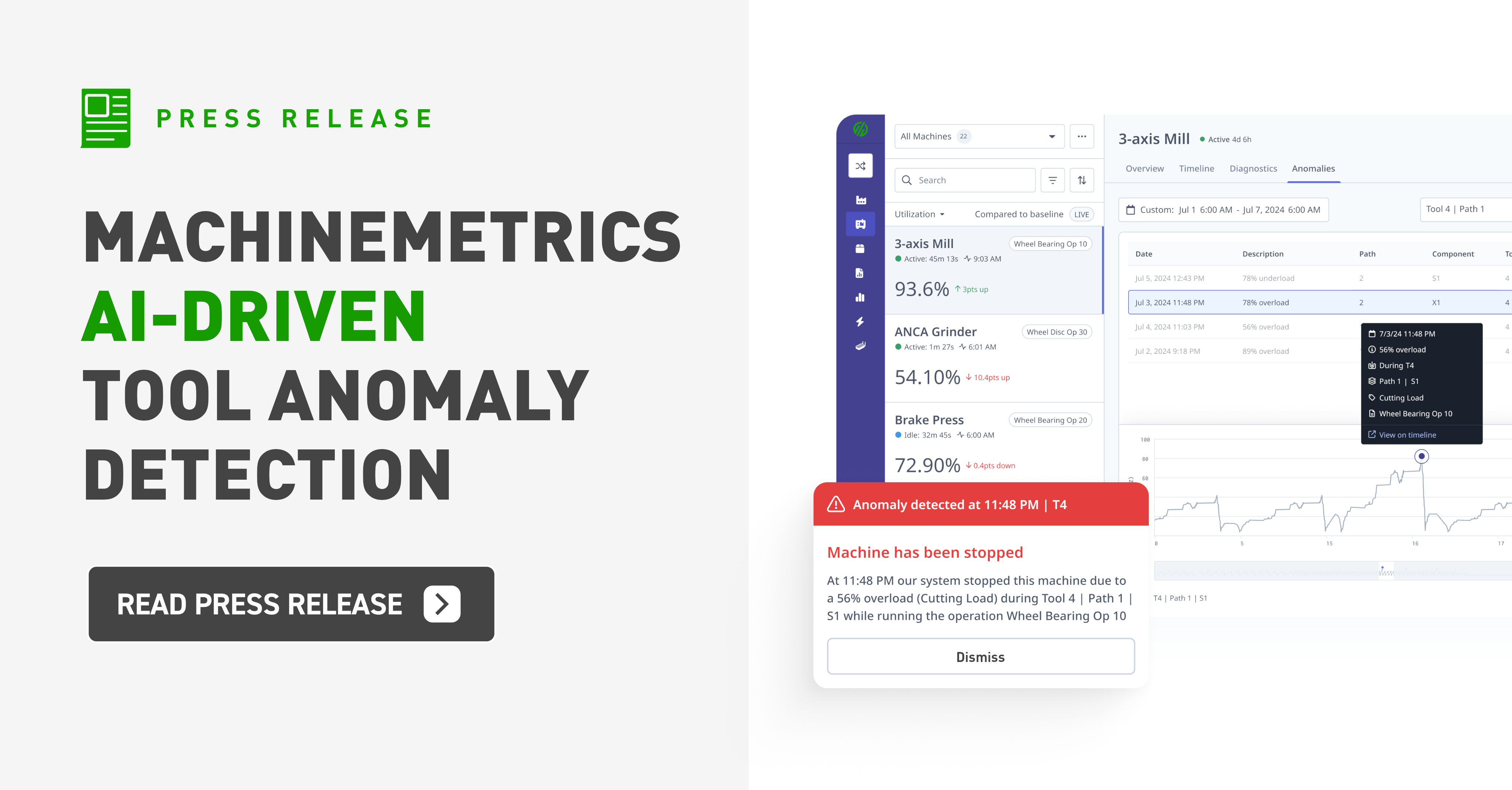
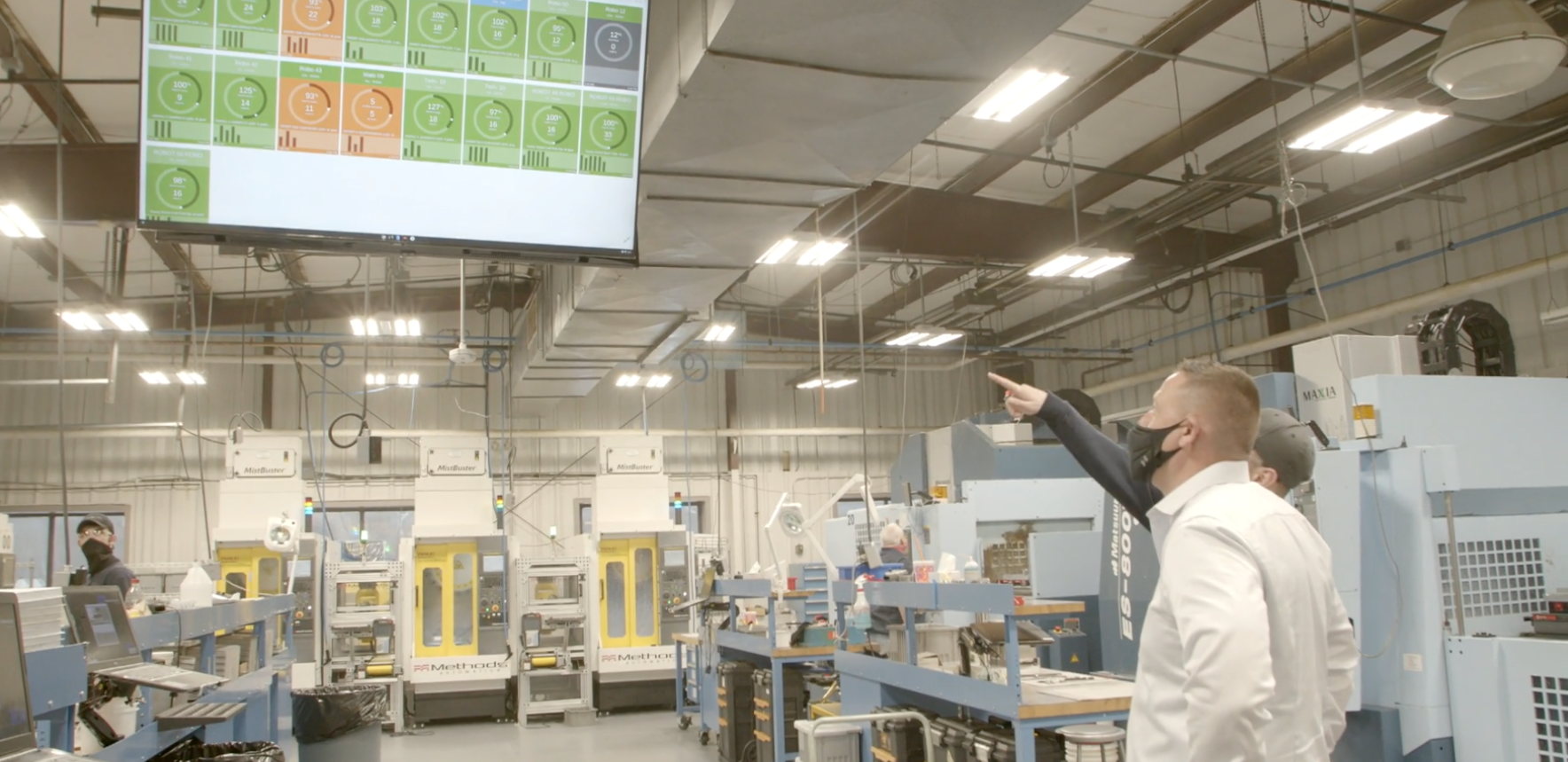
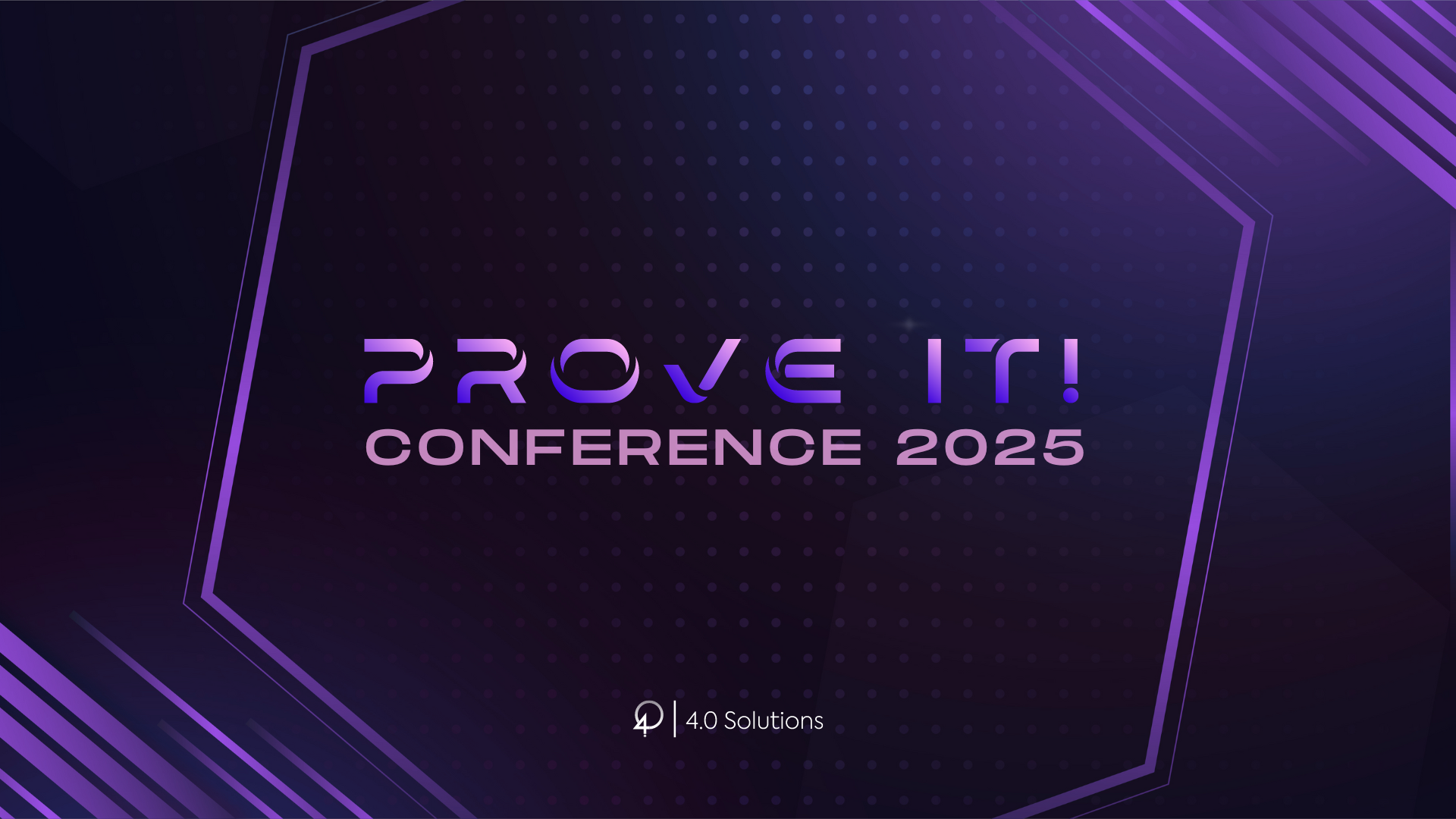
Comments